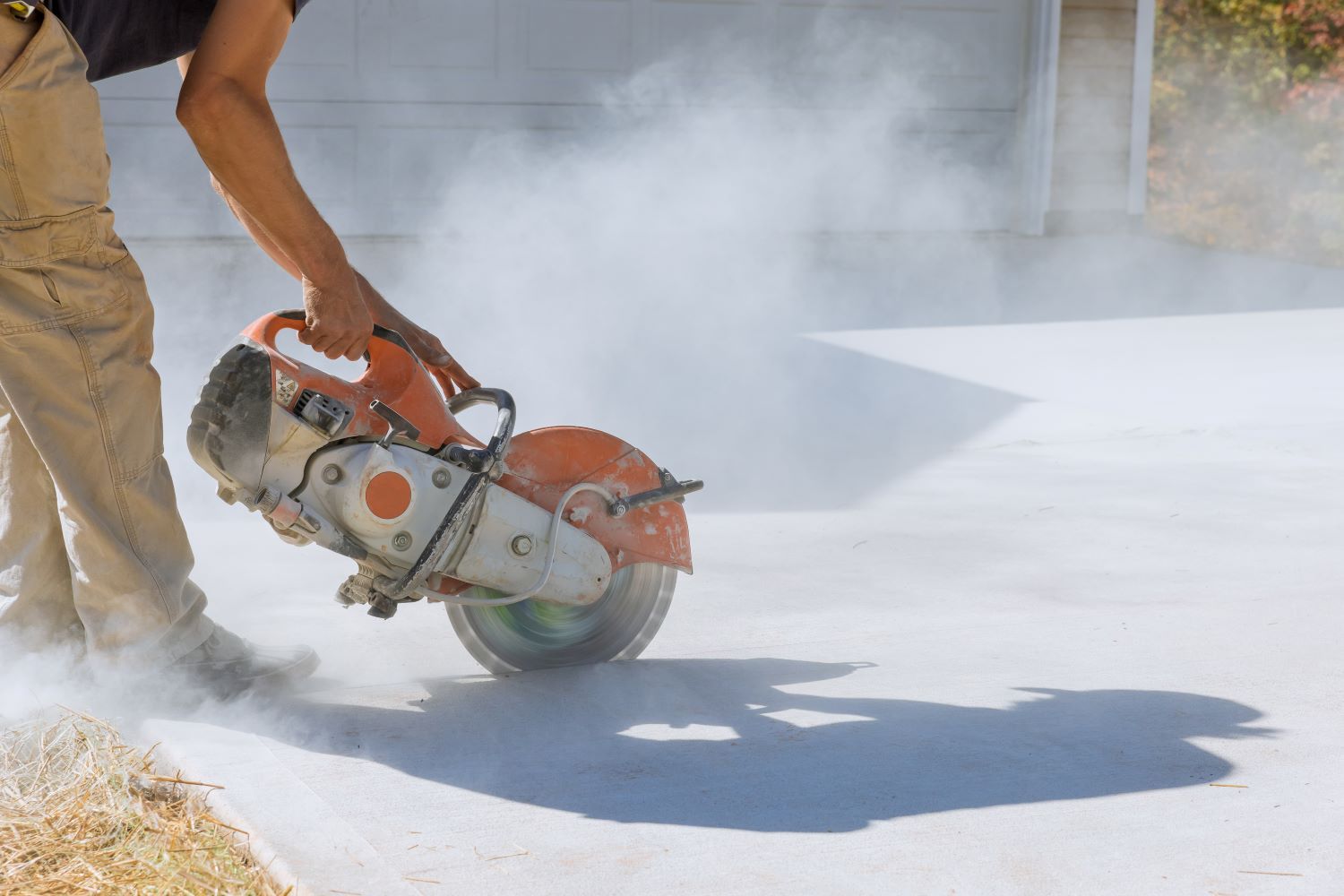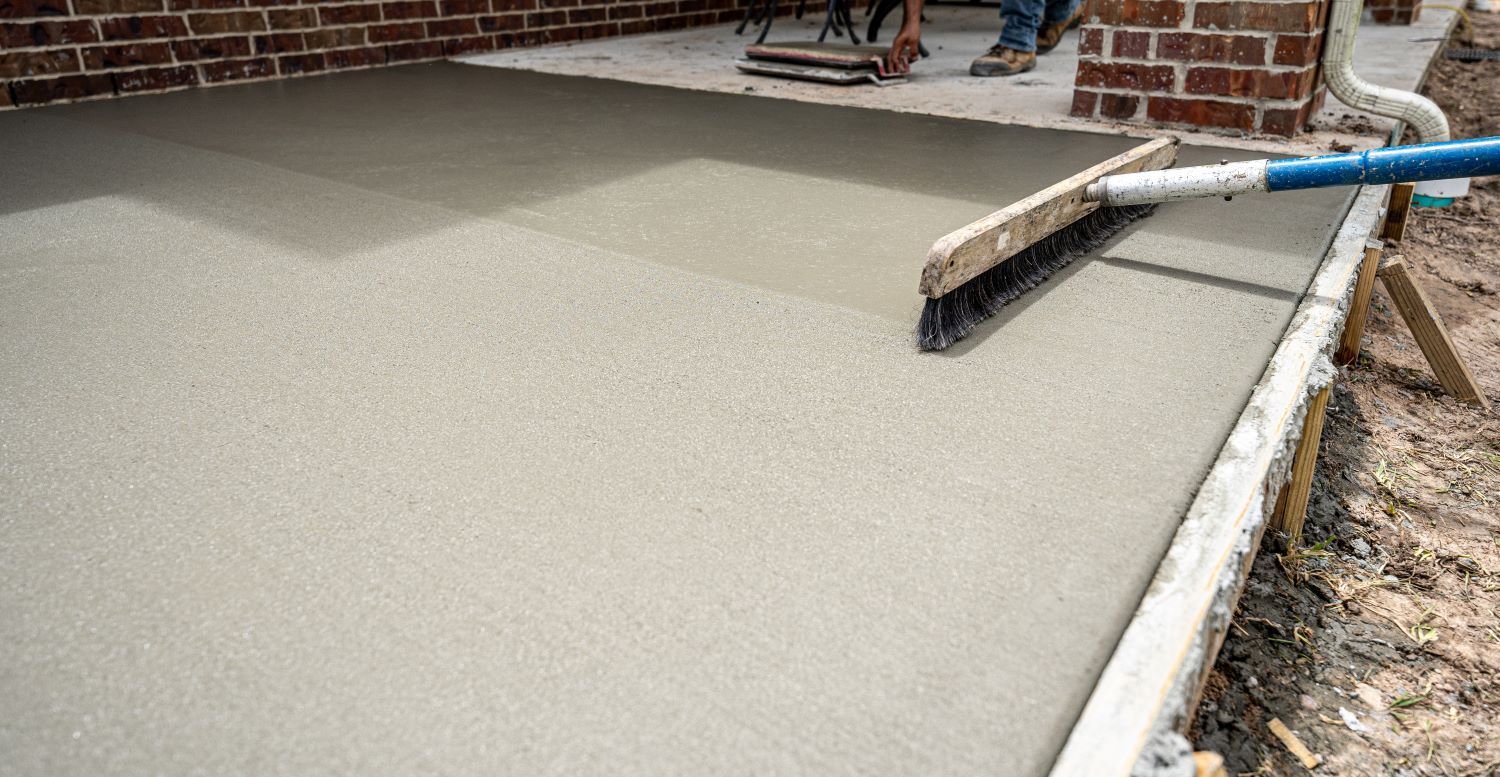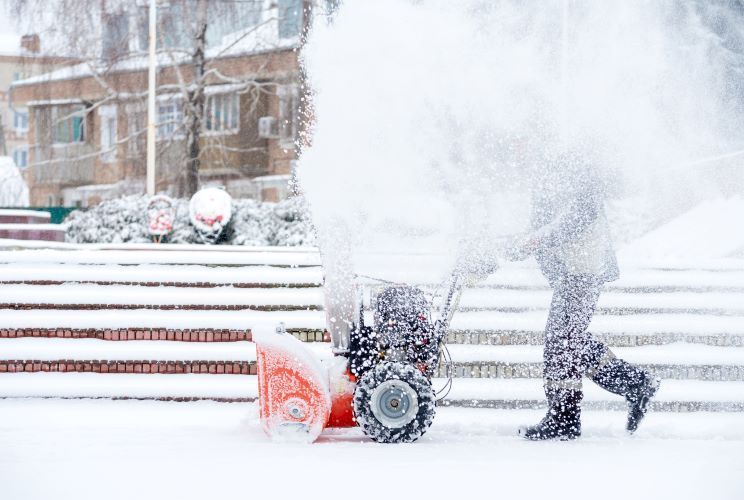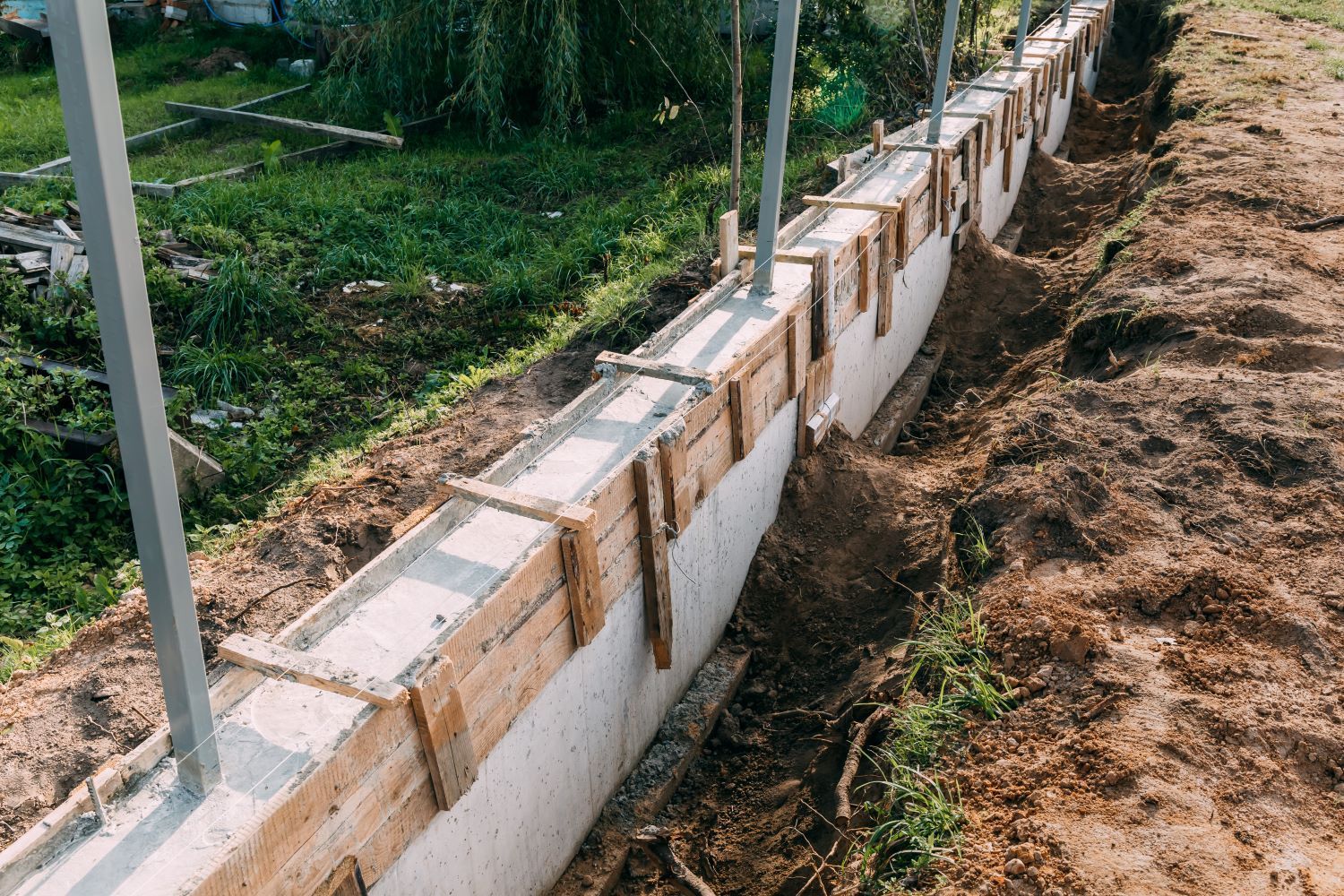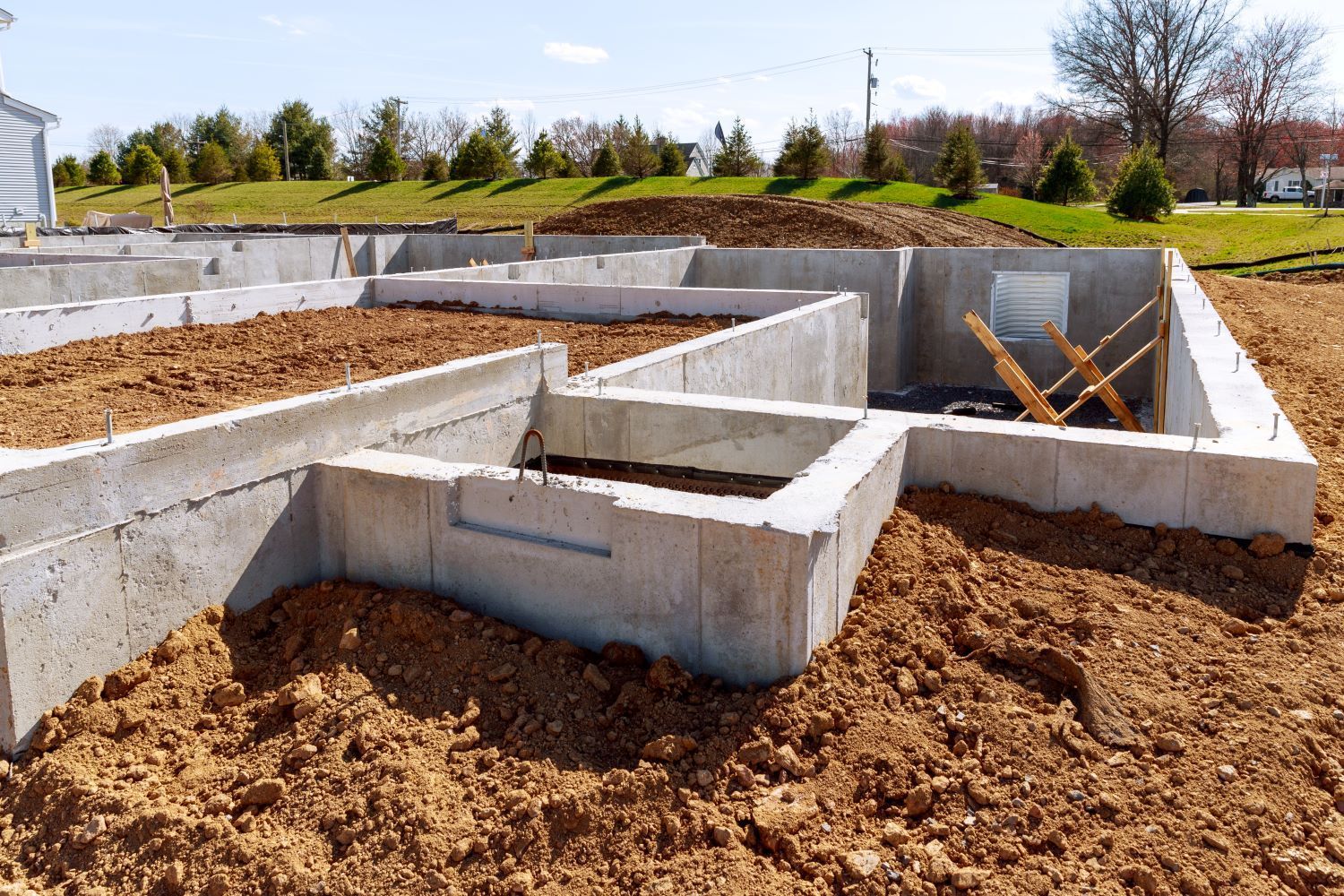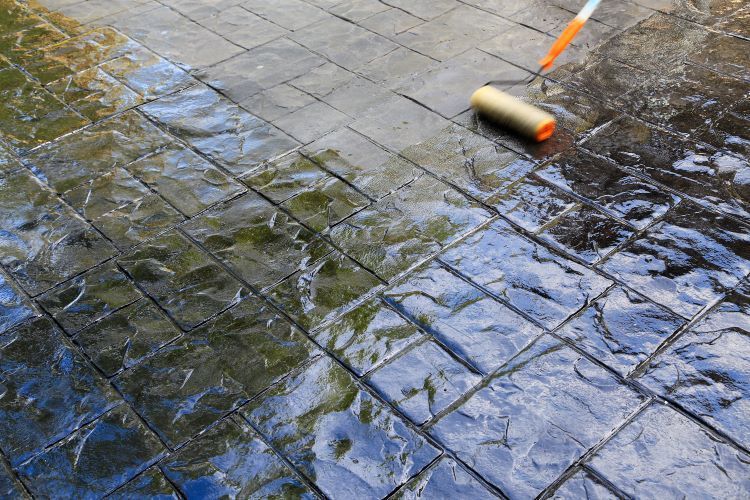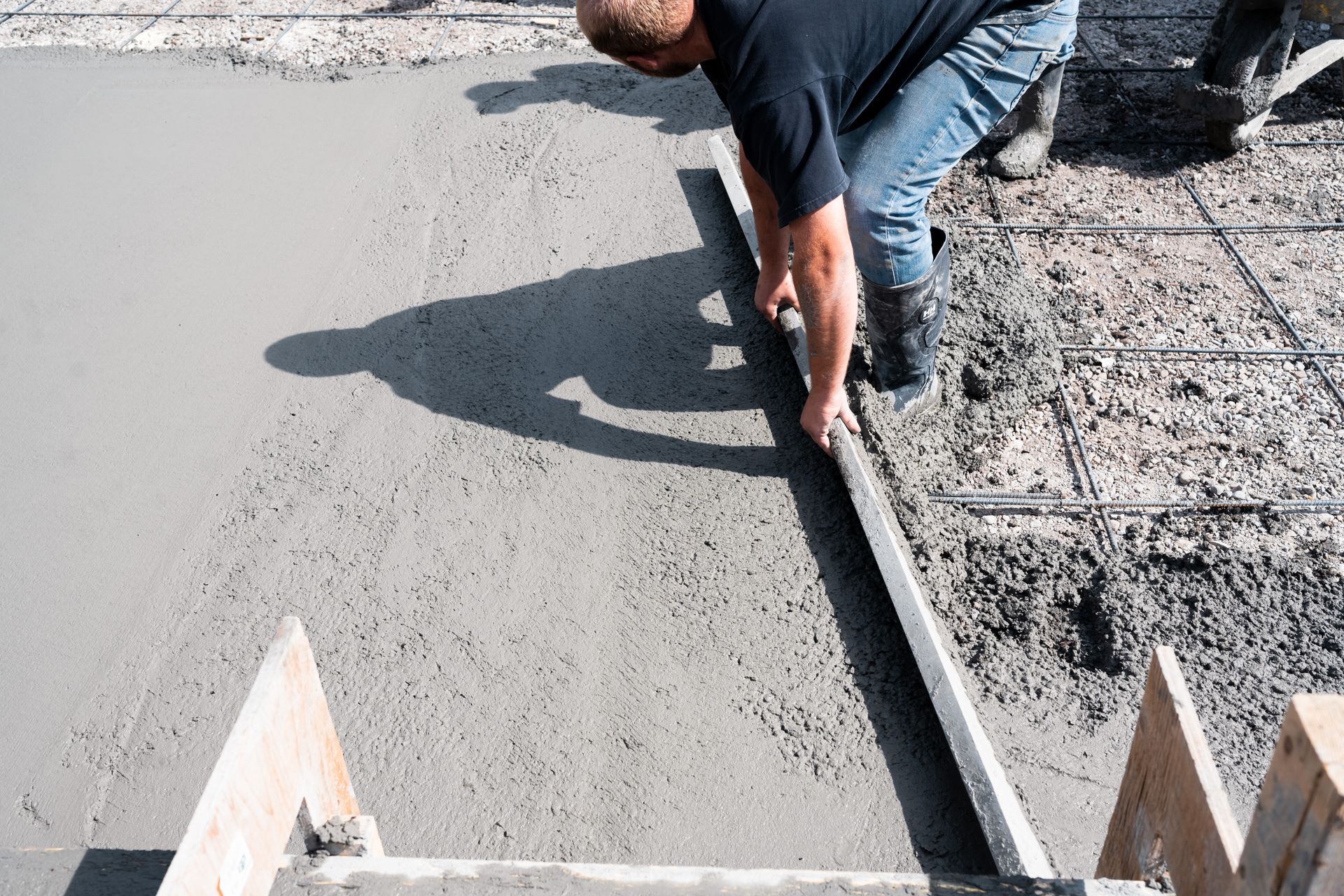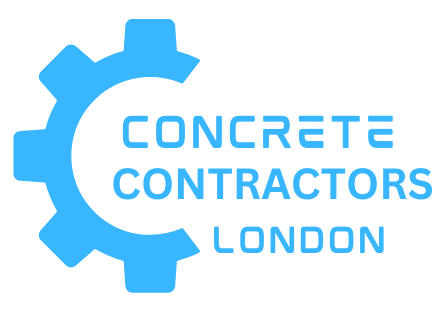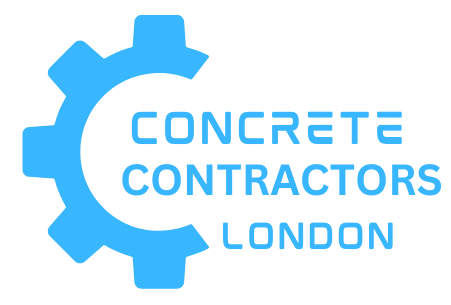Understanding Concrete Pads
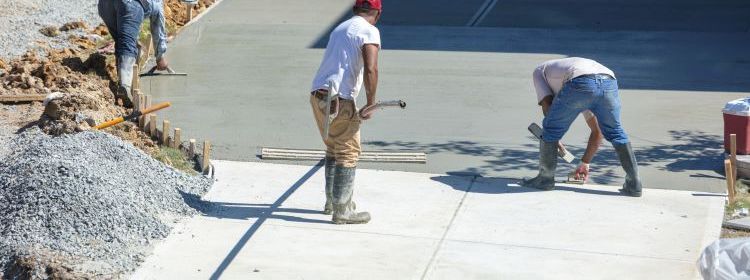
Concrete pads serve as essential elements in various construction and landscaping projects, offering a sturdy and reliable foundation for a wide range of applications. As a trusted local company in London, Ontario, Concrete Contractors London is committed to providing top-quality concrete solutions, including expert installation of concrete pads. In this blog article, we'll delve into the purpose of concrete pads and outline the process of their installation, highlighting their importance for residential and commercial properties alike.
Purpose of Concrete Pads:
Concrete pads play a crucial role in supporting and stabilizing structures, equipment, and amenities in both residential and commercial settings. Some common purposes of concrete pads include:
- Foundation Support:
- Concrete pads provide a stable and level foundation for various structures, such as sheds, gazebos, playhouses, and outdoor kitchens. By distributing the weight evenly and minimizing settlement, concrete pads help prevent structural damage and ensure the longevity of the installed amenities.
- Equipment Mounting:
- In commercial and industrial environments, concrete pads serve as mounting platforms for heavy equipment, machinery, and utility fixtures. Whether it's air conditioning units, generators, compressors, or electrical transformers, concrete pads offer a robust and durable surface for securely anchoring equipment in place.
- Outdoor Flooring:
- Concrete pads are commonly used to create functional outdoor flooring surfaces, such as patios, pathways, and pool decks. Their smooth and resilient finish provides a safe and comfortable area for walking, lounging, and entertaining, enhancing the usability and aesthetics of outdoor spaces.
- Parking Solutions:
- Concrete pads are ideal for creating designated parking areas for vehicles, trailers, boats, and recreational vehicles (RVs). Whether it's a residential driveway, parking lot, or commercial garage, concrete pads offer a durable and low-maintenance solution for accommodating parked vehicles.
Process of Concrete Pad Installation:
- Site Preparation:
- The installation process begins with site preparation, which involves clearing the area of vegetation, debris, and obstructions. The site is then excavated to the required depth, ensuring proper drainage and a level base for the concrete pad.
- Formwork Construction:
- Wooden or metal forms are erected around the perimeter of the excavated area to define the shape and dimensions of the concrete pad. The forms are secured in place and carefully leveled to ensure the desired thickness and slope of the pad.
- Reinforcement Placement:
- Depending on the load-bearing requirements, reinforcement materials such as steel rebar or wire mesh may be placed within the formwork to strengthen the concrete pad and minimize cracking.
- Concrete Pouring:
- Once the formwork and reinforcement are in place, the concrete is poured into the prepared area and evenly distributed using shovels, rakes, or concrete pumps. Special care is taken to avoid air pockets and ensure thorough consolidation of the concrete mix.
- Finishing and Curing:
- After the concrete is poured, it is smoothed and leveled using a screed or float to achieve a uniform surface finish. The pad is then allowed to cure and harden for a specified period, typically ranging from a few days to several weeks, depending on environmental conditions and the type of concrete mix used.
Conclusion:
Concrete pads are versatile and indispensable components of construction and landscaping projects, providing a solid foundation for various structures and amenities. Whether it's supporting equipment, creating outdoor living spaces, or providing parking solutions, concrete pads offer durability, stability, and longevity. For expert concrete pad installation services in London, Ontario, trust the experienced professionals at Concrete Contractors London to deliver superior craftsmanship and exceptional results.
